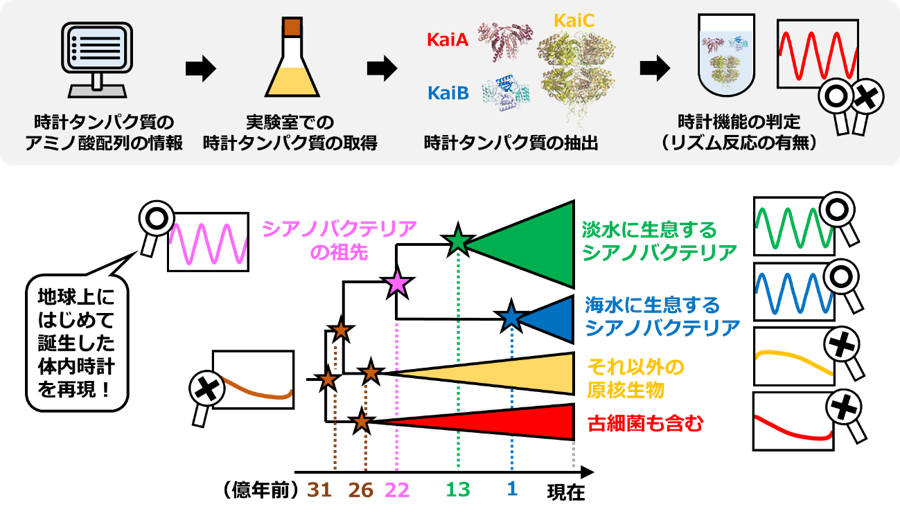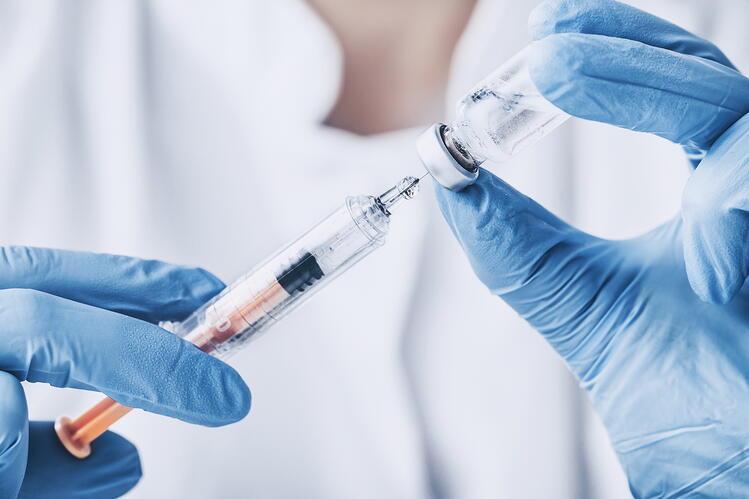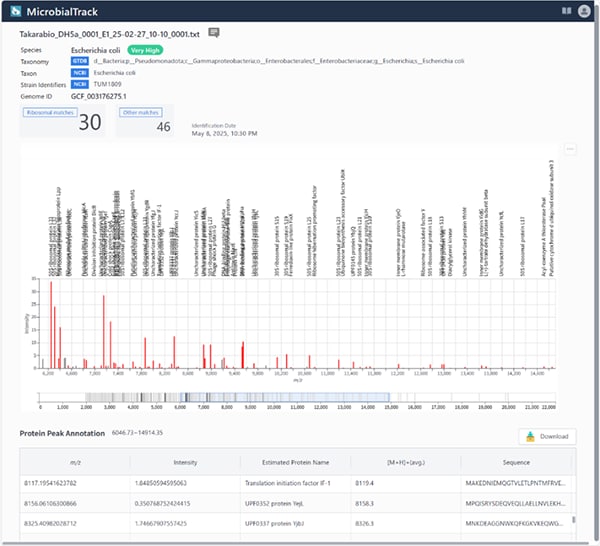2025-05-20 分子科学研究所
 図1. 祖先タンパク質を復元することで明らかとなった概日時計の進化のプロセス
図1. 祖先タンパク質を復元することで明らかとなった概日時計の進化のプロセス
<関連情報>
シアノバクテリアにおけるKaiタンパク質概日振動子の進化的起源 Evolutionary origins of self-sustained Kai protein circadian oscillators in cyanobacteria
Atsushi Mukaiyama,Yoshihiko Furuike,Kumiko Ito-Miwa,Yasuhiro Onoue,Kota Horiuchi,Kanta Kondo,Eiki Yamashita & Shuji Akiyama
Nature Communications Published:15 May 2025
DOI:https://doi.org/10.1038/s41467-025-59908-7
Abstract
Light–dark cycles affect photosynthetic efficiency in autotrophic cyanobacteria; therefore, determining whether ancient cyanobacteria possessed a self-sustained circadian clock when oxygenic photosynthetic systems were established is an important issue in chronobiology. Here we examine the oscillation of the clock protein KaiC in modern cyanobacteria, as well as the function and structure of ancestral Kai proteins, to determine the evolutionary origin of the self-sustained Kai-protein oscillators. The results show that the oldest double-domain KaiC in ancestral bacteria lacks the factors functionally and structurally essential for rhythmicity. The ancestral Kai proteins have acquired these factors through molecular evolution that occurred around Global Oxidation and Snowball Earth events, and are eventually inherited as a self-sustained circadian oscillator by the most recent common ancestor of cyanobacteria capable of oxygenic photosynthesis. This autonomous Kai protein oscillator is further inherited by most freshwater and marine cyanobacteria present today as an autotrophic basis for time-optimal acquisition and consumption of energy from oxygenic photosynthesis.


